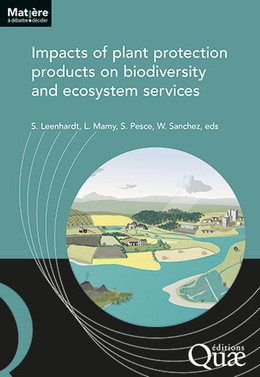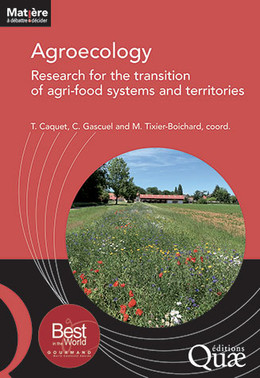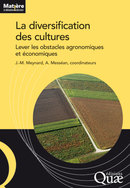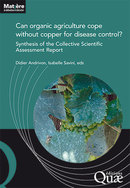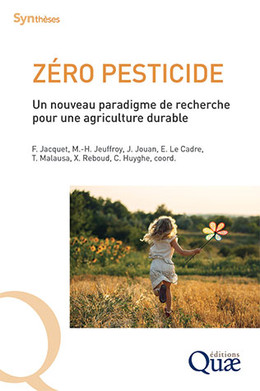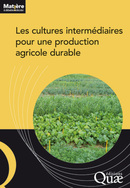Protecting crops through plant diversity
Publications dans la même collection
Le marché alimentaire à horizon 2050 en France Du libre-service aux plateformes d'e-commerce
Bernard Ruffieux, Aurélie Level
À partir de 0,00 € (gratuit)
Trajectoires de transition écologique Vers une planification dynamique et adaptative des territoires
À partir de 0,00 € (gratuit)
Livestock grazing systems and sustainable development in the Mediterranean and Tropical areas Recent knowledge on their strengths and weaknesses
À partir de 0,00 € (gratuit)
Dans la même thématique
Transformative Participation for Socio-Ecological Sustainability Around the CoOPLAGE pathways
À partir de 0,00 € (gratuit)
Pluribiose Travailler avec les microbes
À partir de 0,00 € (gratuit)
Infrastructures de transport créatives Mieux les intégrer aux écosystèmes, paysages et territoires
À partir de 0,00 € (gratuit)
Caractéristiques
Langue(s) : Anglais
Editeur : Éditions Quae
Edition : 1ère édition
Collection : Matière à débattre et décider
Publication : 27 mai 2024
EAN13 eBook : 9782759238507
EAN13 eBook : 9782759238514
DOI eBook : 10.35690/978-2-7592-3850-7
Nombre de pages eBook : 128
Intérieur : Couleur
Référence eBook : 02953NUM
Référence eBook : 02953EPB







